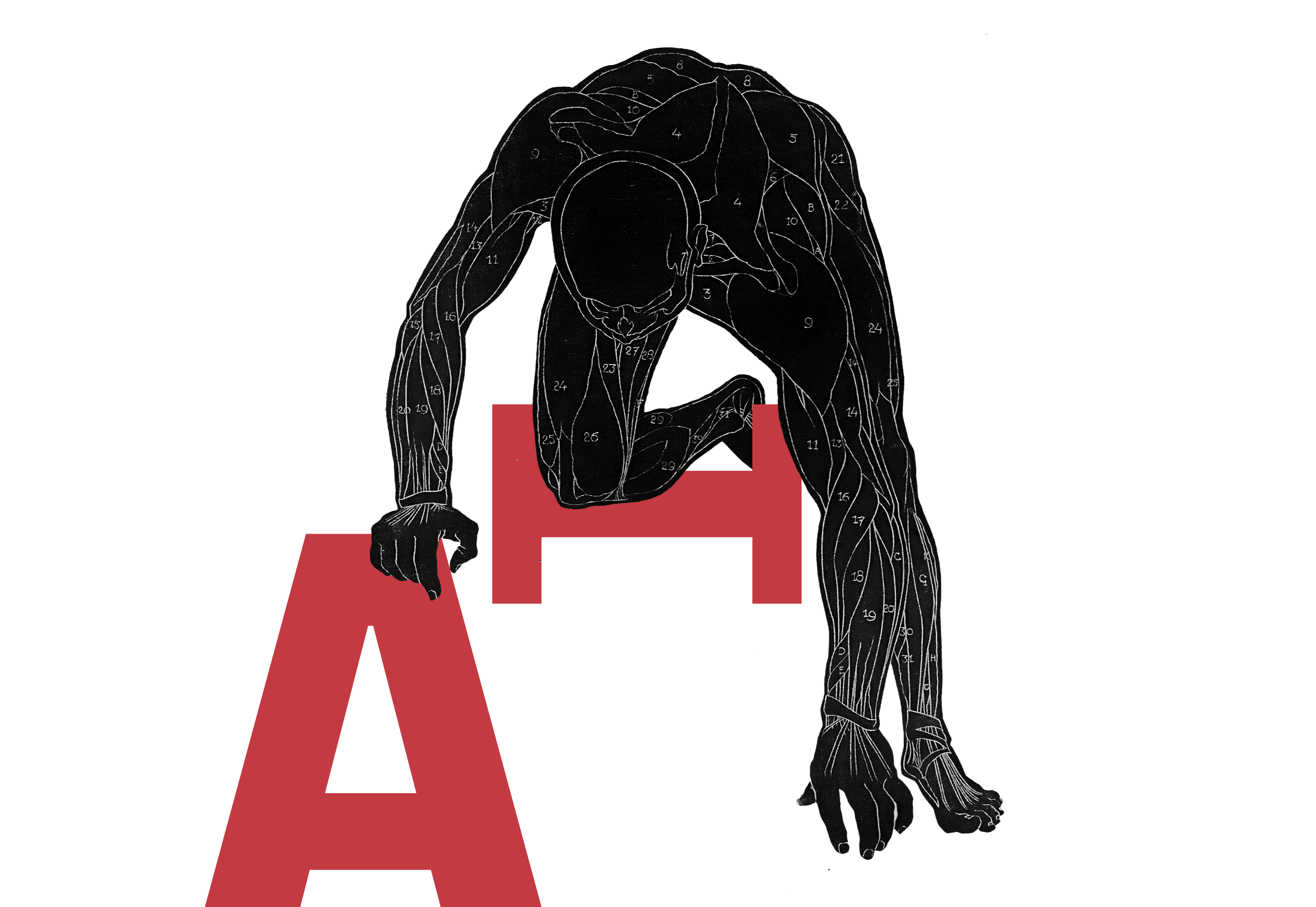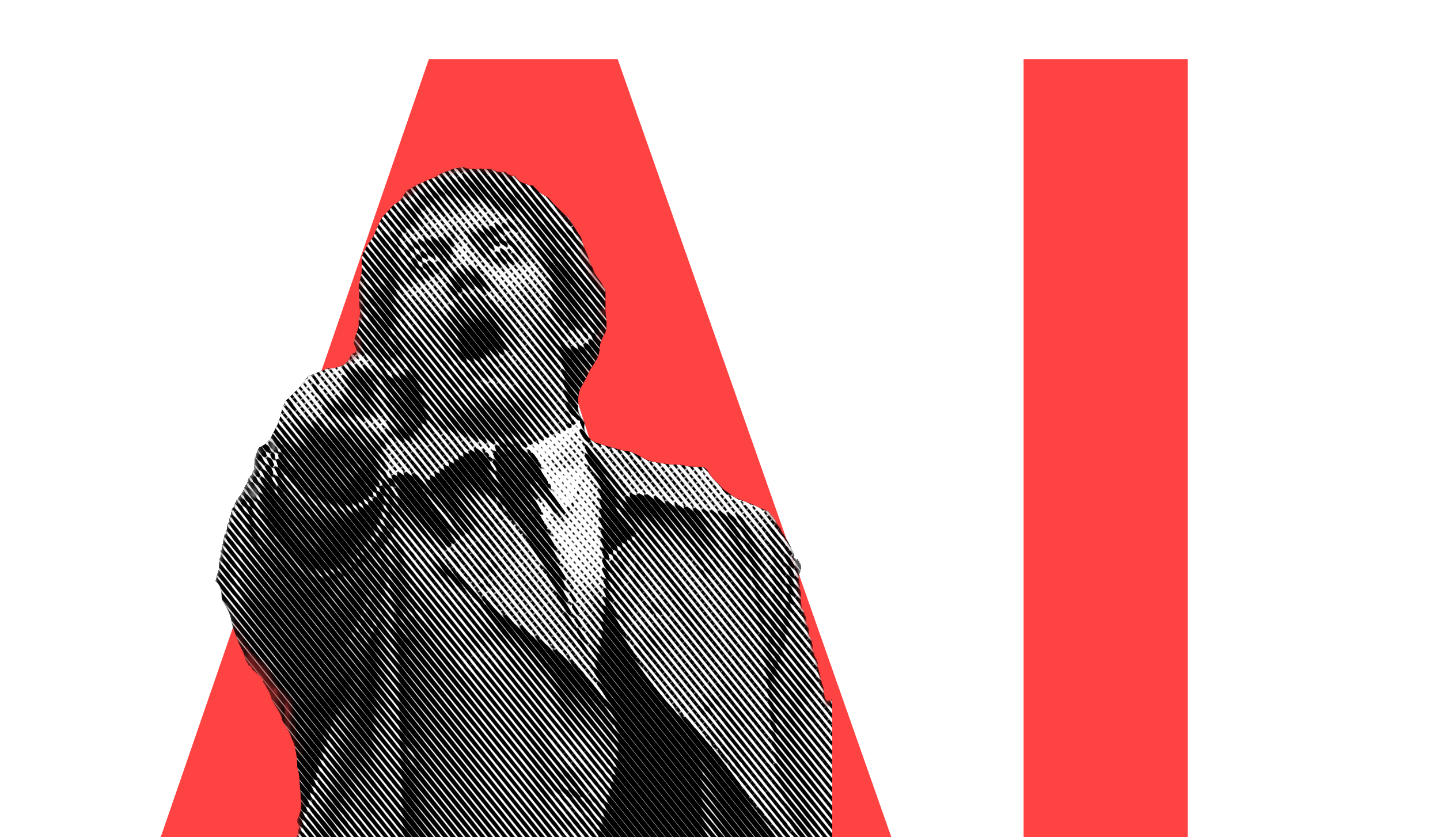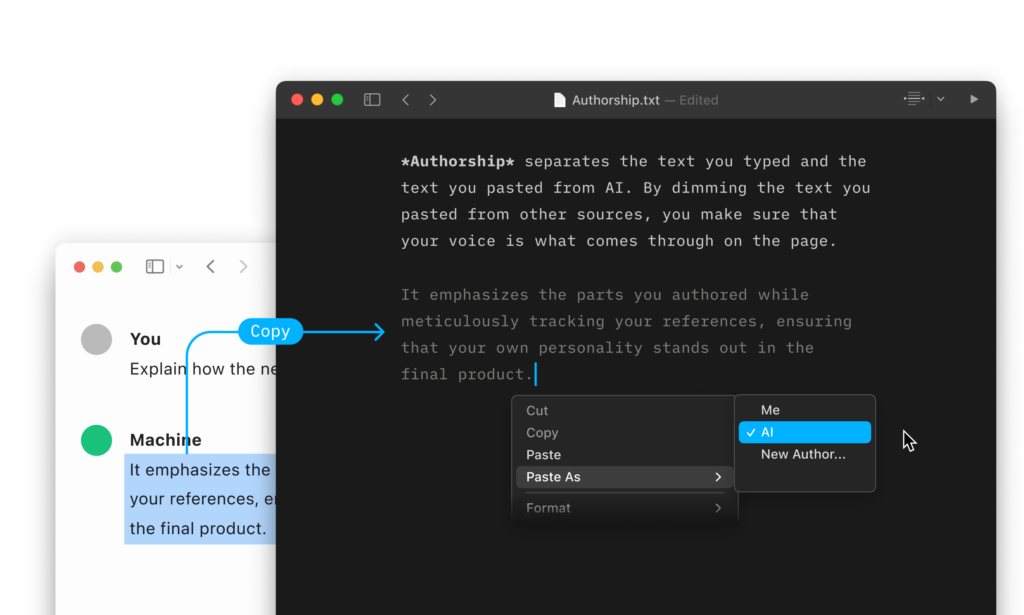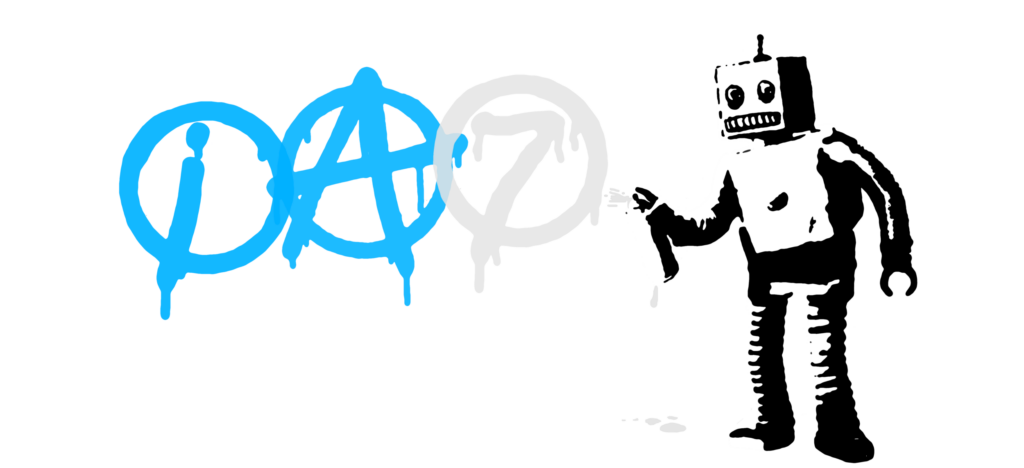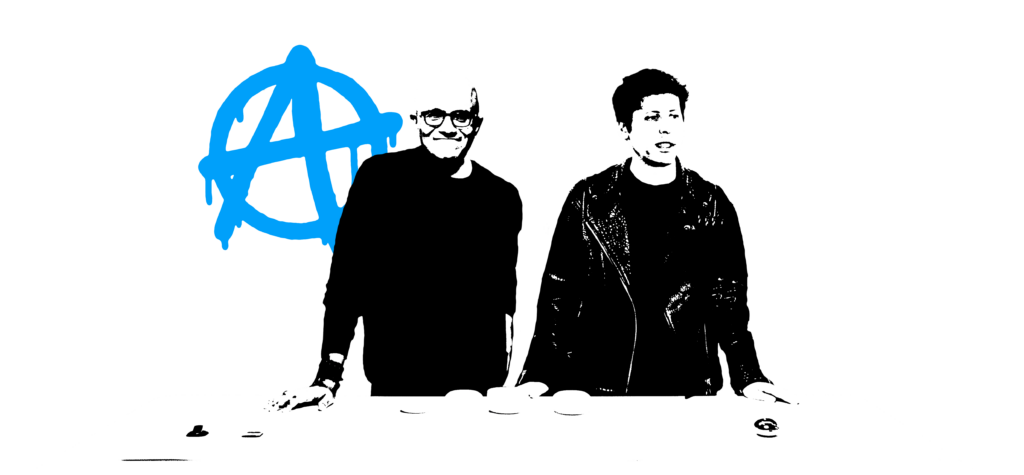As the success of design has become measurable, it has transformed a handicraft into an engineering job. Not the master designer but the user is the arbitrator of good design. The key performance indicator is not beauty but profit. As financial and technical performance was gained, beauty left the stage. Now it feels like something is missing.
Design used to be in the hands of masters. A select circle of mad men and women that dressed like rock stars and saw grids where others see letters, saw Univers where others saw Arial, picked and combined colors that we didn’t know existed. They mostly worked for the ad industry, and magically they were always in and ahead of their time. They knew what they were doing. And what they did was so delicate it could not be measured. It was as hard to do it better as it is hard to cut your own hair.
“Oh, money! Let us handle that!”
Then, overnight, everyone and their cat gained access to design tools, design theory, and how-tos. The world was sucked into a medium that allowed measuring the performance of forty-one shades of blue. And thus the notion of good and bad design radically changed. Design used to be about sensitivity, beauty, and taste. Today, design is about what engages users and grows profits.
Design can translate into dollars. Naturally, banks, business consultants, and accountants started swallowing design agencies. “Oh, money! Let us handle that!” The suits changed their tune to sound a bit more like that guy with the jeans and the black turtleneck. In 2018, it is totally normal to talk about IA, UX, and A/B tests with Price Waterhouse Coopers, Deloitte or KPMG.
The key performance indicator for design has changed from beauty to profit. Measuring design has transformed a handicraft into an engineering job. The user is king. The user decides what is good and what is bad design. And not a fancy pants designer but a pragmatic accountant may call the shots.
How do we measure beauty? By the number of likes?
Eliminating the stubbornly unmeasurable beauty and accepting only numbers as relevant design quality may not have had only positive effects. Yes, our products have become more engaging. Yes, companies need to be profitable! Yes, running Google, Facebook and Amazon is like printing money! But we are also beginning to realize eliminating what is not measurable may come at an unmeasurable cost.
Digital addiction, invasion of privacy and the effects on the social, political and artistic texture of our society is not an accident or a side product. It is the logical consequence of the mindset that drives the digital industry. Where there are users there are pushers. We entered a dependence with a handful of ad companies that observe and measure our behavior to get us more hooked.
Google, Facebook, and Amazon are optimizing their products for us, as they are optimizing our minds, bodies, and kids for their profit. Humans are slowly adapting to that labyrinth, becoming lab rats of an omniscient industry that adapts to our needs as it is adapting us to theirs. Focusing on the user is without any doubt a positive development for our industry. Design should serve humans. Measuring results and verifying assumptions may have been a painful process for the old masters. Life is change. Only, how much of what makes us human is truly measurable and verifiable?
How do we measure friendship? By the number of replies per month? By the length of replies? With computer linguistics? How do we measure usefulness? Lots of page views? Few page views? Stickiness? Number of Subscriptions? How do we measure trust? By the number of likes? Retweets? Comments? How do we measure truth?
Industry leaders promise that the problems technology has created can be solved with more technology. These days, artificial intelligence is paraded as the deus ex machina that will bring a happy end. Artificial Intelligence will make all software problems go away—with more software. Good Artificial Intelligence (bots) will beat bad Artificial Intelligence (bots).
Ethics in Design
Lately, we also hear a refreshingly different voice. Not more technology but a more humane use is what we need. There now is a loud call for more “ethics in design”. Ethics should define rules for designers, and since designers design everything users use, that will solve our problems or at least help solve them. This sounds promising but there are issues.
Ethics is a philosophical discipline that allows us to rationally question a highly irrational dimension of our lives. Ethics questions the morality of what we do. Unfortunately, as a genuinely philosophical discipline, ethics doesn’t offer solutions. Ethics makes us think about what we should do and why. It prevents us from continuously falling for what we feel is right and ask us to think clearly. And that’s great. But it won’t automatically solve our problems.
Ethics helps us think and it can clarify our issues and offer unexpected paths forward. It can open unexpected doors and give us surprising hints. But ethics doesn’t work like antibiotics. It reads like the Chinese manual of an 80’s VCR. If you understand anything at all, it, first of all, makes you realize how little you understand of what you think you know. Freedom? You don’t know jack! Reason? You don’t have a clue! Happiness? You cannot even define it!
Ethics is frustrating. Saying designers should start reading Kant to save the world is like telling them they should start with Einstein’s Relativity theory to solve global warming.
A Deeper Connection
Instead of opening a theoretical can of worms, it may be more helpful to start with what we know. To a designer, aesthetics might offer a better access to good design than combing through the Critique of the Practical Reason. Because after measuring all 41 shades of blue, a lot of us, secretly, still do care more about beauty than profit. And that’s a good start.
In everyday language, aesthetics are treated as a superficial close to the meaningless quality of visually pleasing objects. That is so unfair! Economically, aesthetics are a signature of overpriced luxury goods. Aesthetic objects say: “I am expensive, too expensive!” We’re well trained in aesthetic cynicism. However, out of experience, we know those good things are rare, that quality always comes at a price and that the price tag of quality grows exponentially.
We also know that what is truly good is somehow beautiful, and what is truly beautiful is somehow good. It’s not a direct relationship, it’s a deeper connection, or a relationship higher up, outside the platonic cave, in the stark light of the blinding sun. It’s hard to explain. The goodness and the beauty a different beauty, a different goodness. But then again they are the same… Hell, is it thinkable that the old-fashioned beauty could hold the key to a more humane design?

